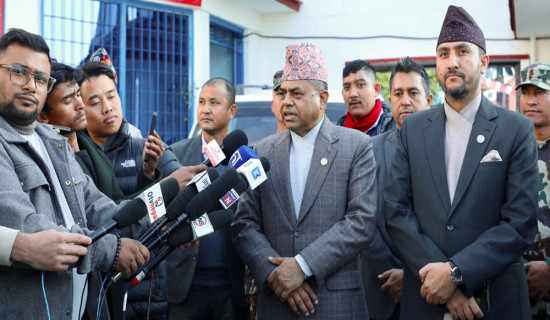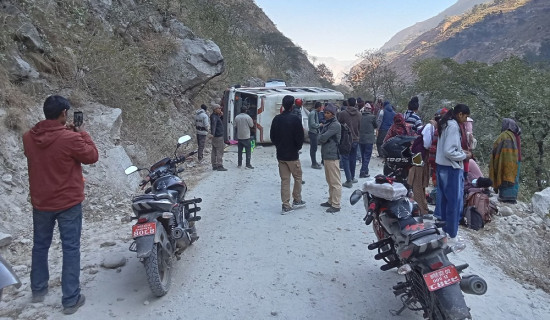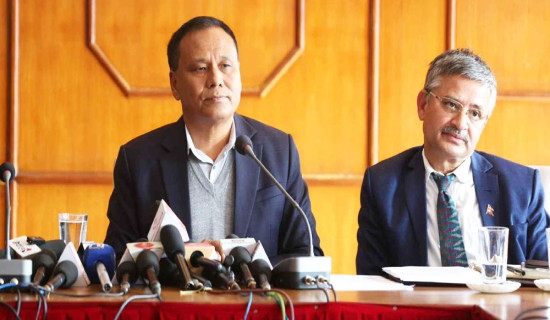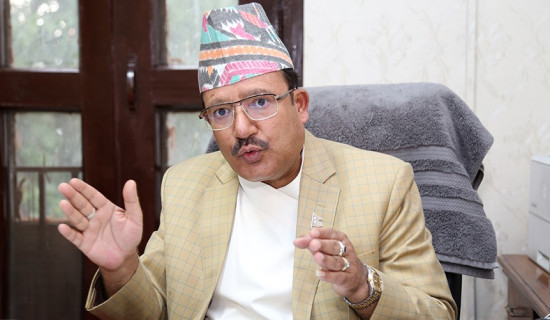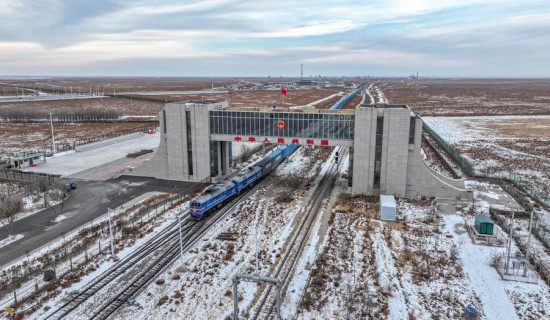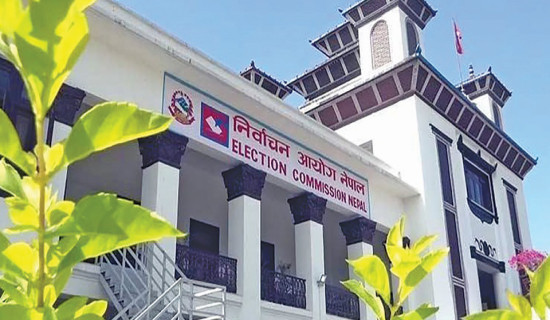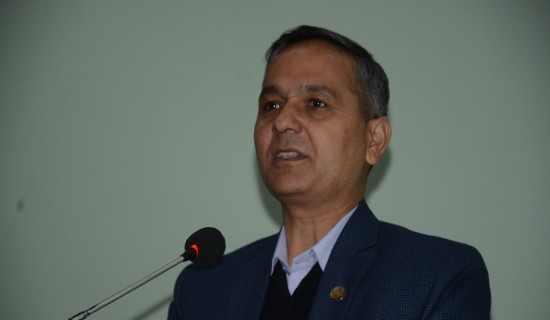- Wednesday, 24 December 2025
Brain Gain for Progress : Hefei City Model
Dr. Balmukunda Regmi
At a time when Kathmandu is looking for a Chinese model of development, the Chinese city of Hefei can be a reference. Kathmandu and Hefei, though separated by geography and culture, share notable structural and environmental similarities. Both are inland cities, distant from the sea, Kathmandu is about 600 kilometers from the Bay of Bengal, and Hefei roughly 500 kilometers from the East China Sea. This remoteness has shaped their historical dependence on overland trade rather than maritime access.
Each city is set in a river basin, Kathmandu in the Bagmati Valley and Hefei near the Chaohu Lake basin, providing fertile surroundings but also posing seasonal flood risks. Both are enclosed by hills or low mountain ranges, which influence their urban sprawl, infrastructure planning, and vulnerability to environmental constraints.
For decades, China’s urban rise has been told through the lens of its coastal giants: Shenzhen, Shanghai, Guangzhou. My opinion changed when I came to learn of the inland city, Hefei, far from the sea, has quietly rewritten the rules of urban transformation. Anchored in the heart of the Yangtze River Delta Economic Zone, a region responsible for nearly a quarter of China's GDP, Hefei has built its momentum not on geography, but on intellectual gravity. but on intellectual gravity. Geographically Kathmandu is best suited as a trade link between Tibet (Xizang) and northern India.
At the center of Hefei’s ascent is a rare and deliberate phenomenon: brain gain. While many cities worldwide struggle to retain their best and brightest, Hefei has reversed the tide. In 2023, the city recorded over 180 researchers per 10 thousand employees, nearly twice the national average. More than just statistics, these numbers represent a deep and ongoing shift, Hefei is drawing back Chinese scholars, scientists, and engineers from abroad with a compelling combination of world-class labs, research freedom, affordable living, and family-centered support.
Leading this intellectual renaissance is the University of Science and Technology of China (USTC), long ranked among the nation’s most elite institutions. Together with 24 national-level sci-tech innovation platforms, USTC has positioned Hefei at the frontier of quantum science, artificial intelligence, and applied physics. It was here that Chinese scientists demonstrated a form of quantum supremacy, and where new generations of tech talent are being cultivated—not for export, but for national development.
This resurgence of talent has not remained confined to academia. It has seeded a vibrant innovation economy. Companies like iFlytek, a pioneer in AI and voice technology, BOE Technology, a global leader in display manufacturing, and NIO, China’s flagship electric vehicle maker, have all taken root in Hefei. In 2020, the local government’s ¥7 billion rescue and equity investment in NIO not only saved the company but solidified the city’s commitment to innovation as a civic strategy. These firms, born or reborn in Hefei, are now talent magnets in their own right.
Equally notable is the city’s push for green modernization. As one of China’s designated low-carbon pilot cities, Hefei has electrified 99.8% of its public buses and increased urban green coverage to 46%. Its role in clean energy is global. Sungrow Power Supply, based in the city, is one of the world’s top manufacturers of photovoltaic inverters, exporting to over 150 countries.
Despite being landlocked Kathmandu, Hefei has plugged itself into global supply chains with surprising agility. Through the Belt and Road Initiative, the city has launched over five thousand freight trains to Europe, connecting to cities like Hamburg and Moscow. Regionally, it plays an active role in the integration of the Yangtze River Delta, facilitating the exchange of talent, technology, and capital with megacities like Shanghai and Nanjing.
Hefei’s rise challenges long-held assumptions about where innovation must occur. It has no coastline, no major international airport hub, and little historical claim to global status. Yet through visionary investment in human capital and institutional ecosystems, it has transformed itself into a national center of science, technology, and sustainability. What Hefei proves is that cities do not need to follow in the footsteps of others to succeed; they can chart their own course by putting brains before borders.
As countries around the world grapple with how to attract and retain talent, and how to decentralize innovation beyond global capitals, Hefei offers a compelling, concrete example. It is not simply a story of growth; it is a case study in how to turn talent into destiny. Hefei can be a good example for Kathmandu. In fact, we can cooperate with Hefei, learning its technology, and move forward.

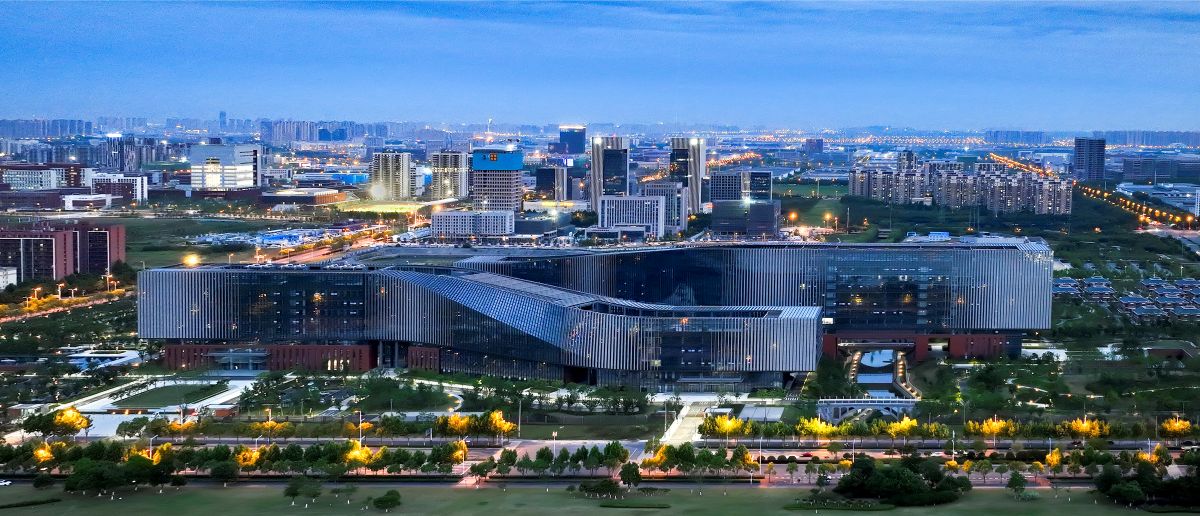
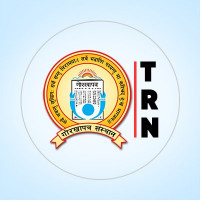
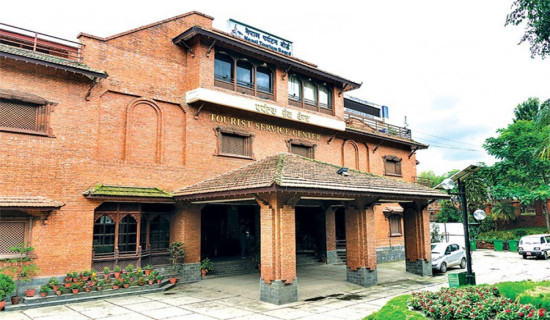


-original-thumb.jpg)


